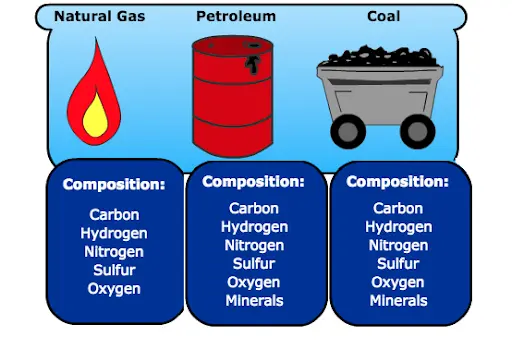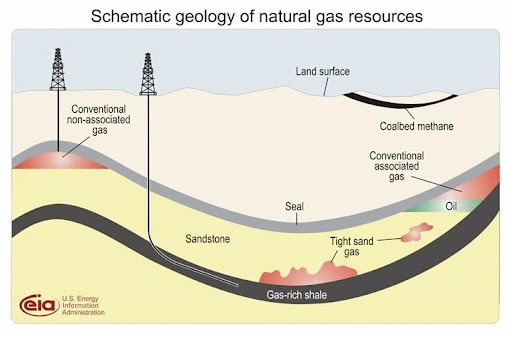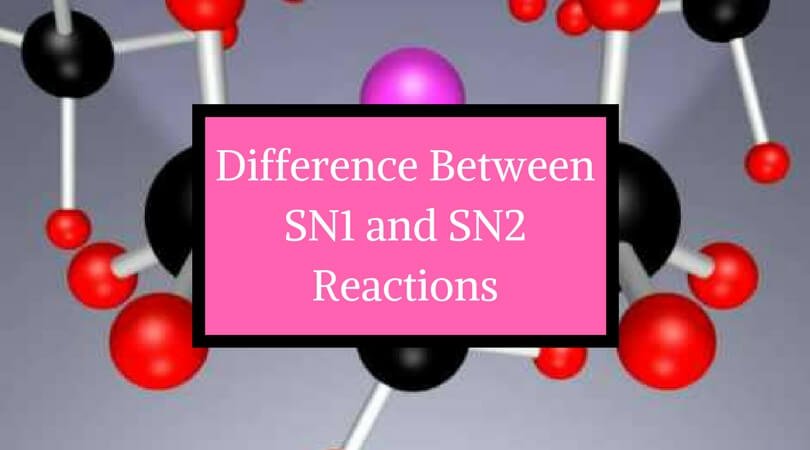News about oil and an apparent energy crisis hit our television screens and newspapers frequently. Terms such as ‘gasoline,’ ‘gas,’ and ‘natural gas’ are thrown around and can leave many readers confused as to what they mean. This article aims to provide insight into these terms and explain their differences.
Firstly, it should be known that both ‘Gasoline’ and ‘Natural Gas’ are different resources. They differ in terms of composition, consumption, and supply. We will ascertain these differences in detail in a later section.
These resources are used widely in several applications. Despite their distinct nature, both ‘Gasoline’ and ‘Natural Gas’ are classified as fossil fuels, meaning that they’re also non-renewable resources.
Fossil fuels are formed over millions of years from dead and decomposing remains of organic matter. They contain energy-dense elements such as Carbon and Hydrogen that can be extracted and refined to power our world.

Let us now take a more detailed look at these resources in the next section.
Contents
What Is Gasoline?
Gasoline refers to the transparent, flammable liquid used primarily as fuel in transport with internal combustion engines. Gasoline is a derivative of petroleum and is also known as petrol in wider parts of the world.
Gasoline generally comprises a mixture of different hydrocarbons.
Different ‘blends’ or compositions are manufactured to meet the requirements of specific engine setups.
The product obtained also depends on the feedstock available and the octane rating required.
Gasoline combusts inside engines to release energy through a process known as deflagration. However, the unburned mixture may ignite prematurely to release high-pressure waves within the setup causing vibrational damage described by an audible sound known as knocking.

The grade of gasoline obtained is therefore rated to avoid knocking and is also adjusted for use at various altitudes and climate conditions. Many additives are also present to boost performance and manage exhaust effects.
Besides finding use as a fuel in transport, gasoline jerrycans are commonplace in farms. The versatile liquid can also power backup generators to provide an emergency power supply.
What is Natural Gas?
Natural gas is a colorless, highly flammable mixture of gaseous hydrocarbons consisting primarily of methane and ethane. Non-hydrocarbons such as CO2, N2, and H2S are also in trace amounts.
Natural gas is a non-renewable, fossil-based resource alongside coal and petroleum. Owing to its odorless nature, sulfur-based additives are mixed to enhance detectability.
Natural gas can be classified as dry or wet depending upon its proximity to oil/petroleum reserves. Wet or associated gas is the dissolved gas found in oil at high pressures or as a layer above oil in reservoirs.
Non-associated gas, by comparison, is gas extracted from reservoirs with no known presence of liquid petroleum.

The widespread use of Natural gas occurred during the oil crisis of the 1970s despite pipeline technology being available. Before this time, Natural gas was treated as a by-product of crude oil and disposed of by flaring or venting.
Today, Natural gas is a popular solution to energy requirements in heating, transportation, and electricity production.
Natural Gas Vs Gasoline: Differences
Gasoline and Natural Gas are derived from inherently non-renewable fossil sources. Gasoline is sometimes colloquially referred to as ‘gas’ in North America.
It is not to be confused with Natural Gas, which is also a form of gaseous fuel. They differ in terms of composition, consumption, and supply.
Compositional Differences:
Gasoline is exclusively procured from crude oil reservoirs, whereas natural gas is found in oil reservoirs and isolated concentrations. Natural gas can be classified as wet or dry based on the source.
Natural gas is a mixture of primarily saturated paraffin, such as methane and ethane, which is gaseous under atmospheric conditions. Heavier hydrocarbons are separated during processing. Natural gas also consists of trace amounts of non-hydrocarbons. Commercial natural gas comprises 85-90% methane.
Gasoline consists of lightweight hydrocarbon molecules blended with various additives to meet specific requirements. Alkanes, alkenes, and cycloalkanes are combined with catalytic reformers (BTX hydrocarbons), iso-alkanes, and aromatics by different processes to produce varying blends. Biofuels comprising ethane are also mixed for environmental purposes.
Consumption:
The consumption of energy sources depends on economic, infrastructural, and logistical factors. The presence/availability of oil and natural gas reserves also contributes to consumption. According to the 2021 BP Statistical Review[1] on energy, oil stood out as the dominant energy source, followed by coal and natural gas. Gasoline is the more energy-dense resource, as shown in the table [2] comparing it with other fuels. However, natural gas is cheaper on average despite it being subject to availability.
Environmental Impact:
One liter of gasoline releases up to 2.3 kilograms of CO2 when burned. Gasoline contains known carcinogens and contributes significantly to greenhouse gas emissions. It accounts for a large carbon footprint due to the rapid rise in automobile transportation. Secondary effects in humans, such as asthma due to air pollution, resulting in a drop in productivity, causing economic and financial loss.
Natural gas primarily consists of methane which is mostly hydrogen. This might lead us to believe it isn’t as impactful on the environment as gasoline. In contrast, methane and carbon dioxide are emitted when natural gas is burned. Methane is more efficient at trapping heat relative to carbon dioxide and is a significant greenhouse gas. Flaring of natural gas during production also contributes to global warming. Overall, natural gas comprises 1/5th of all human greenhouse emissions.
Conclusion
Natural gas and gasoline are different energy resources that originate from fossil fuels. However, the two are significantly different in composition, consumption, and environmental effects.
Natural gas and gasoline are integral parts of energy consumption worldwide. We must use these non-renewable resources judiciously as we look towards a more sustainable future on the planet.




